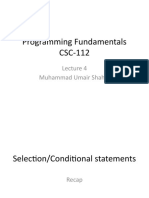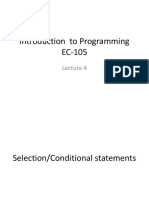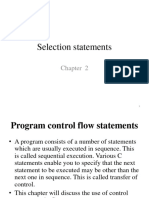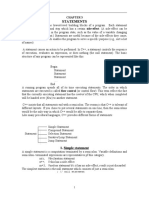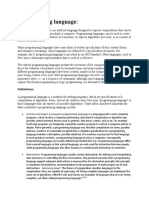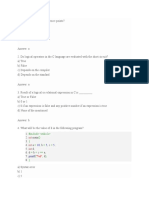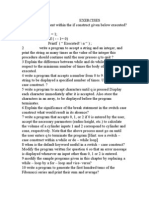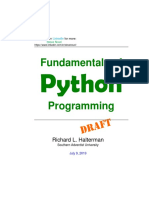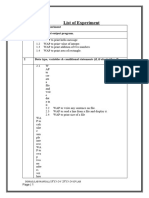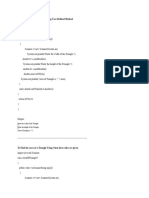0% found this document useful (0 votes)
34 views6 pagesUnit 4 Control Structures
Unit 4 covers control structures in programming, focusing on conditional statements like if, if-else, and switch, as well as looping constructs such as for, while, and do-while loops. It explains the syntax and provides examples for each structure, including how to control loop execution with break and continue statements. Additionally, it discusses nested decision statements and loops, along with multiple-selection keywords like case and default in switch statements.
Uploaded by
ginalinda642Copyright
© © All Rights Reserved
We take content rights seriously. If you suspect this is your content, claim it here.
Available Formats
Download as PDF, TXT or read online on Scribd
0% found this document useful (0 votes)
34 views6 pagesUnit 4 Control Structures
Unit 4 covers control structures in programming, focusing on conditional statements like if, if-else, and switch, as well as looping constructs such as for, while, and do-while loops. It explains the syntax and provides examples for each structure, including how to control loop execution with break and continue statements. Additionally, it discusses nested decision statements and loops, along with multiple-selection keywords like case and default in switch statements.
Uploaded by
ginalinda642Copyright
© © All Rights Reserved
We take content rights seriously. If you suspect this is your content, claim it here.
Available Formats
Download as PDF, TXT or read online on Scribd
/ 6



